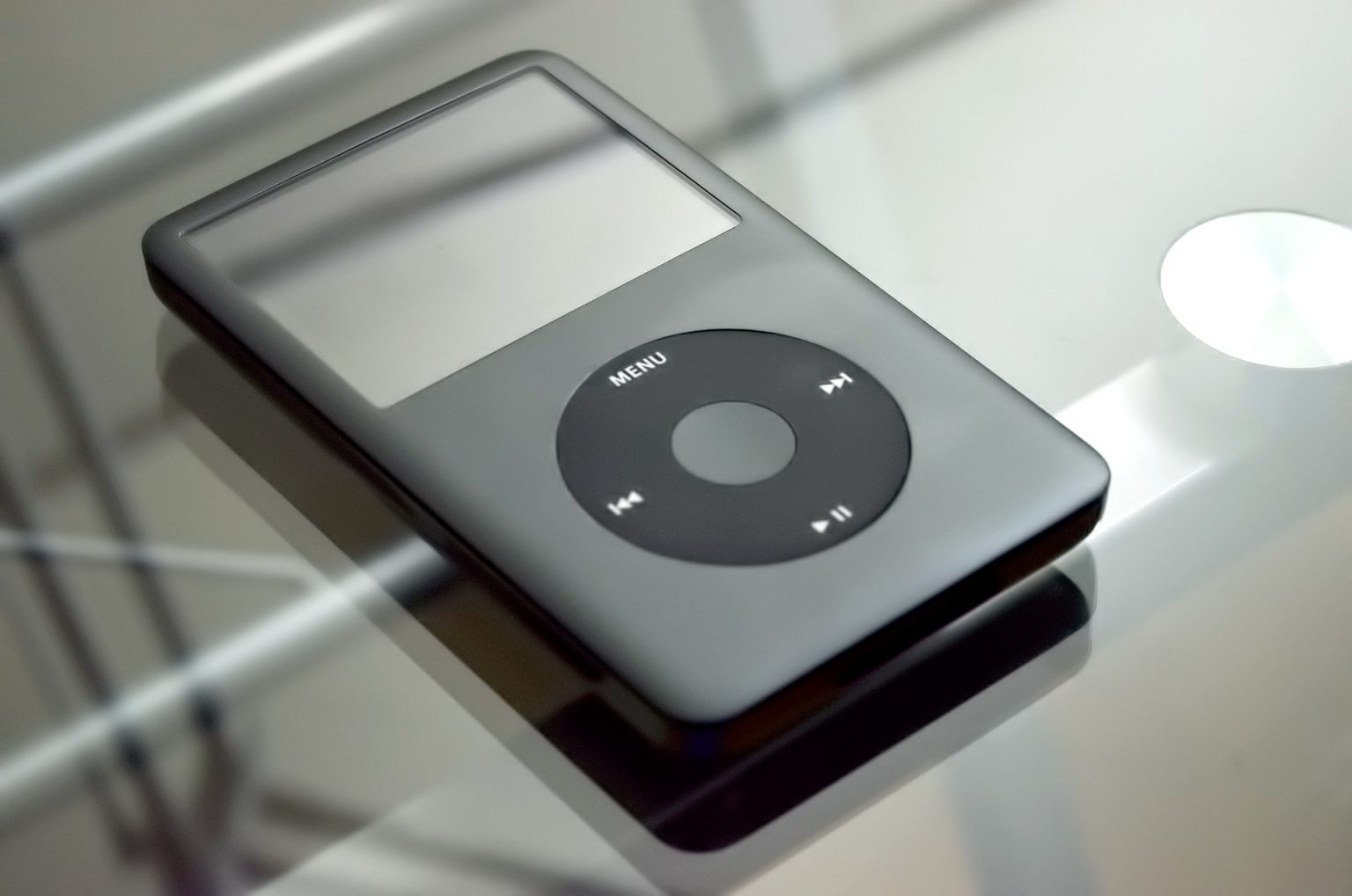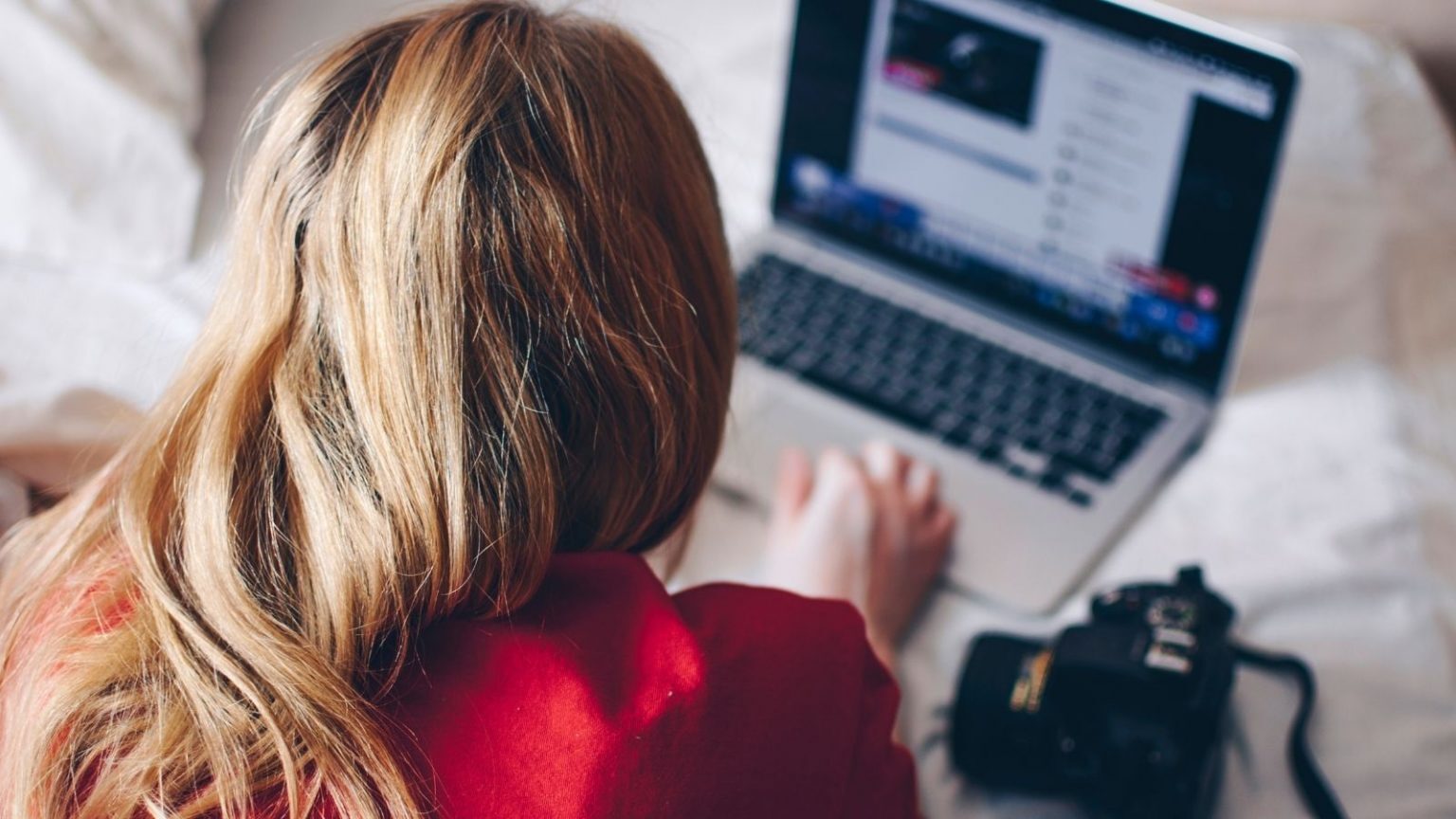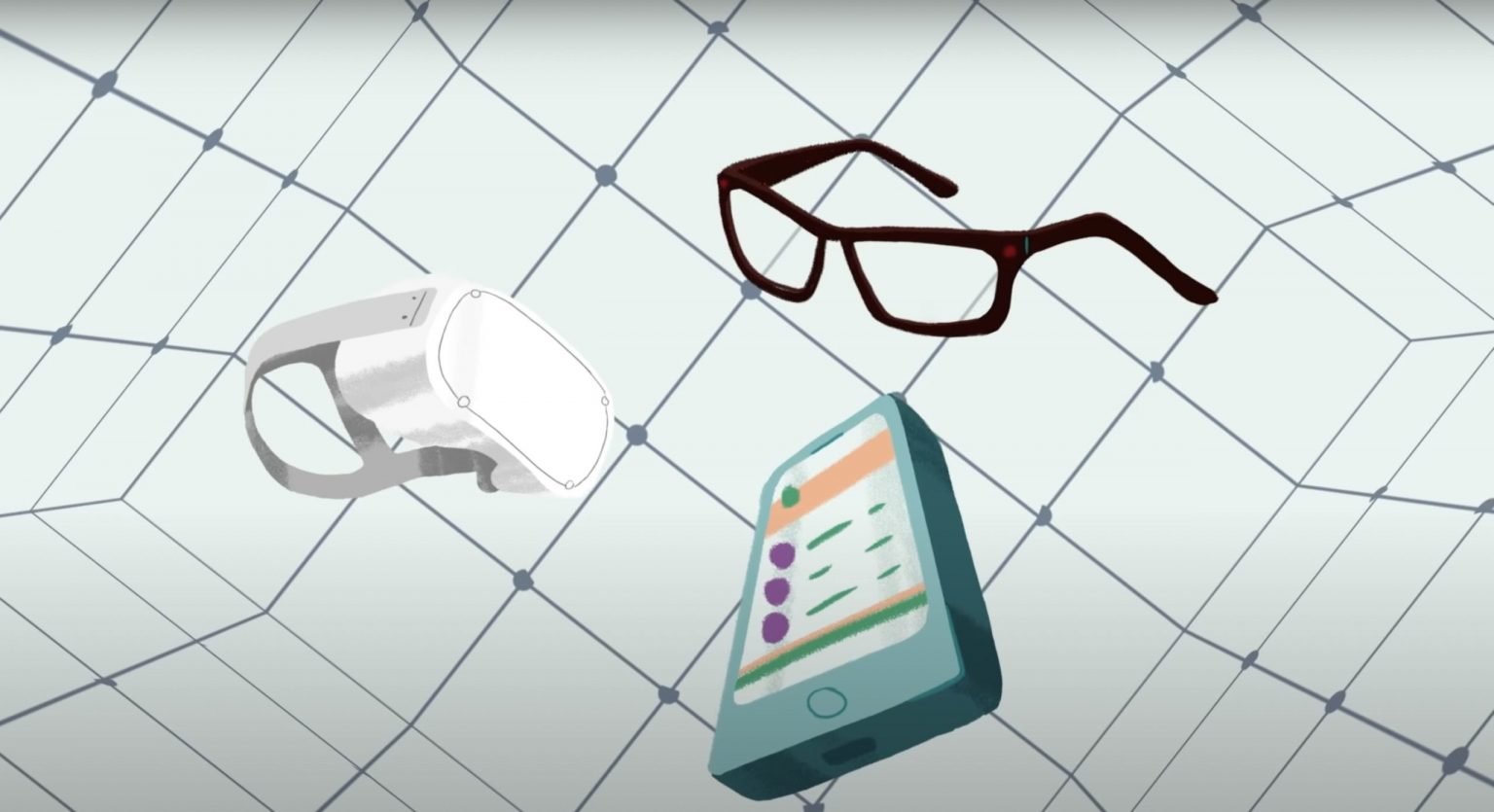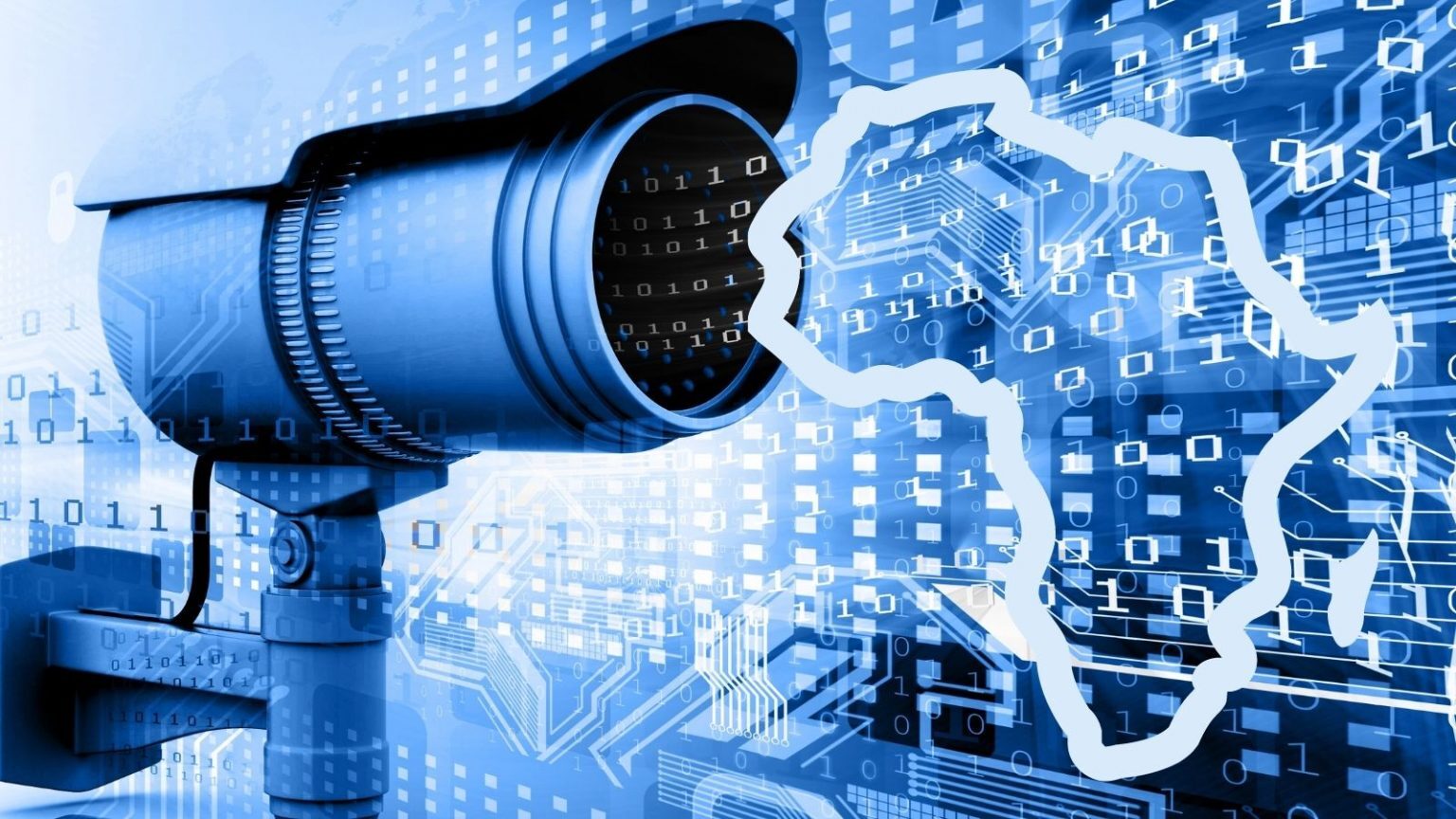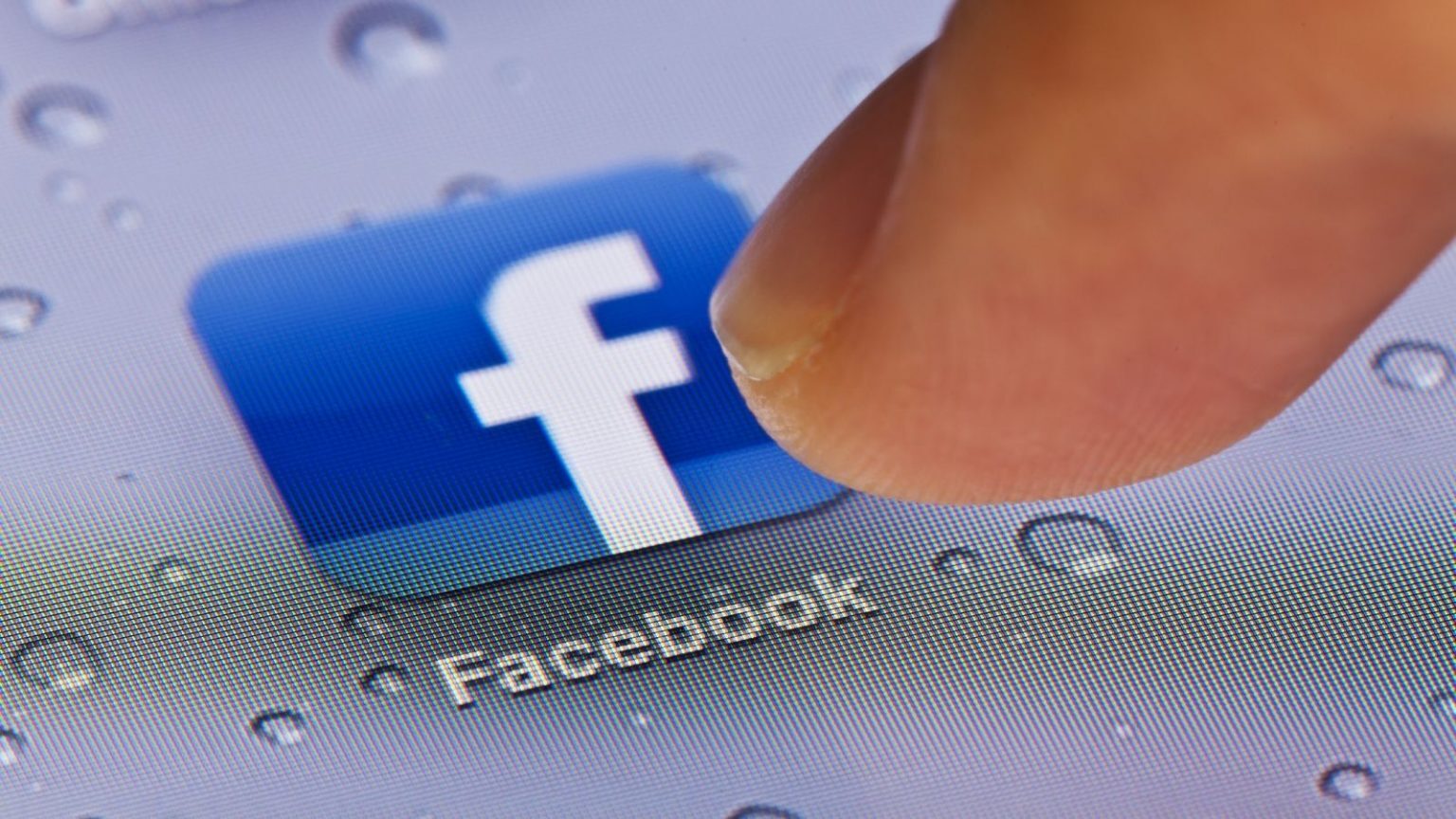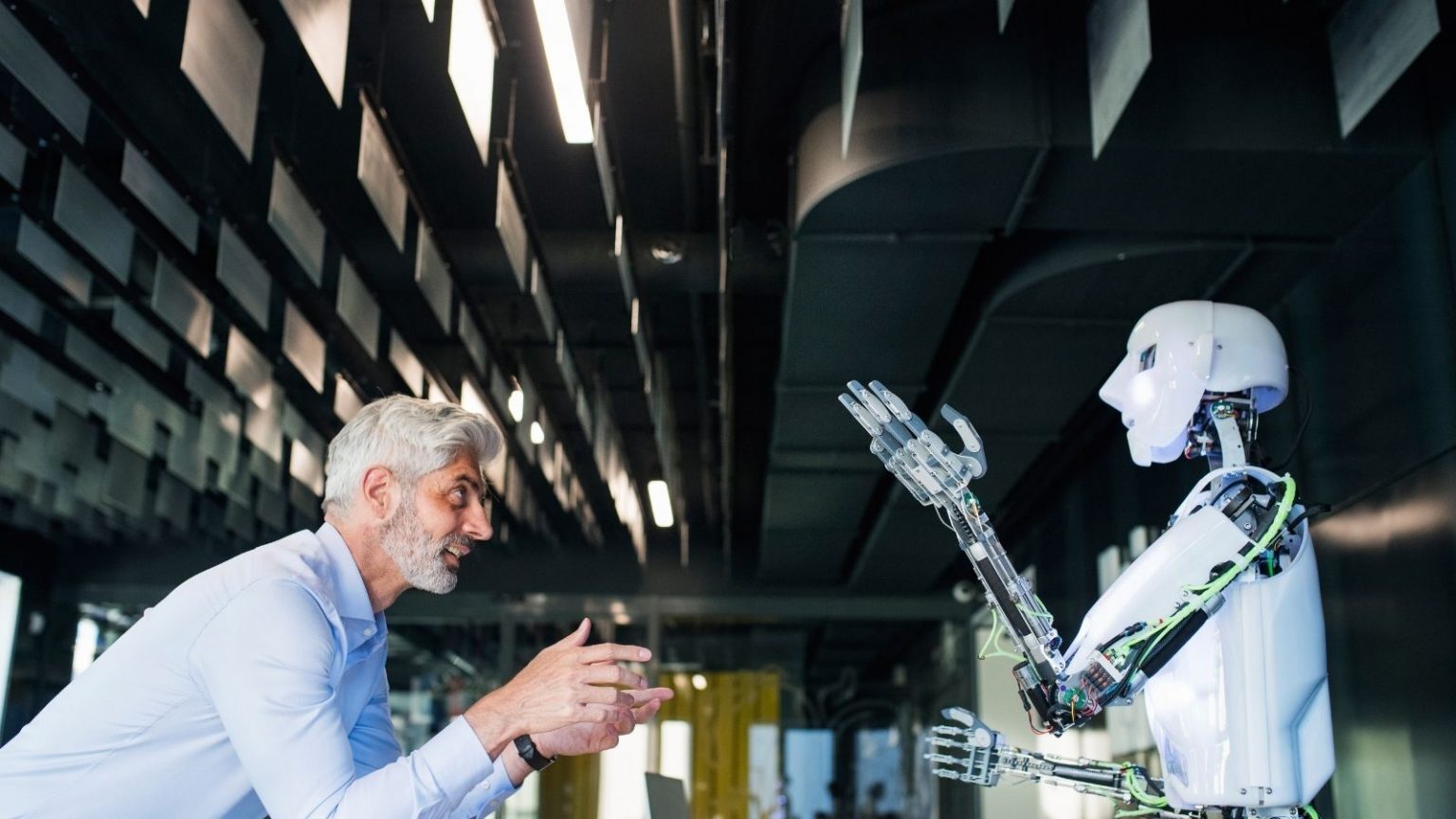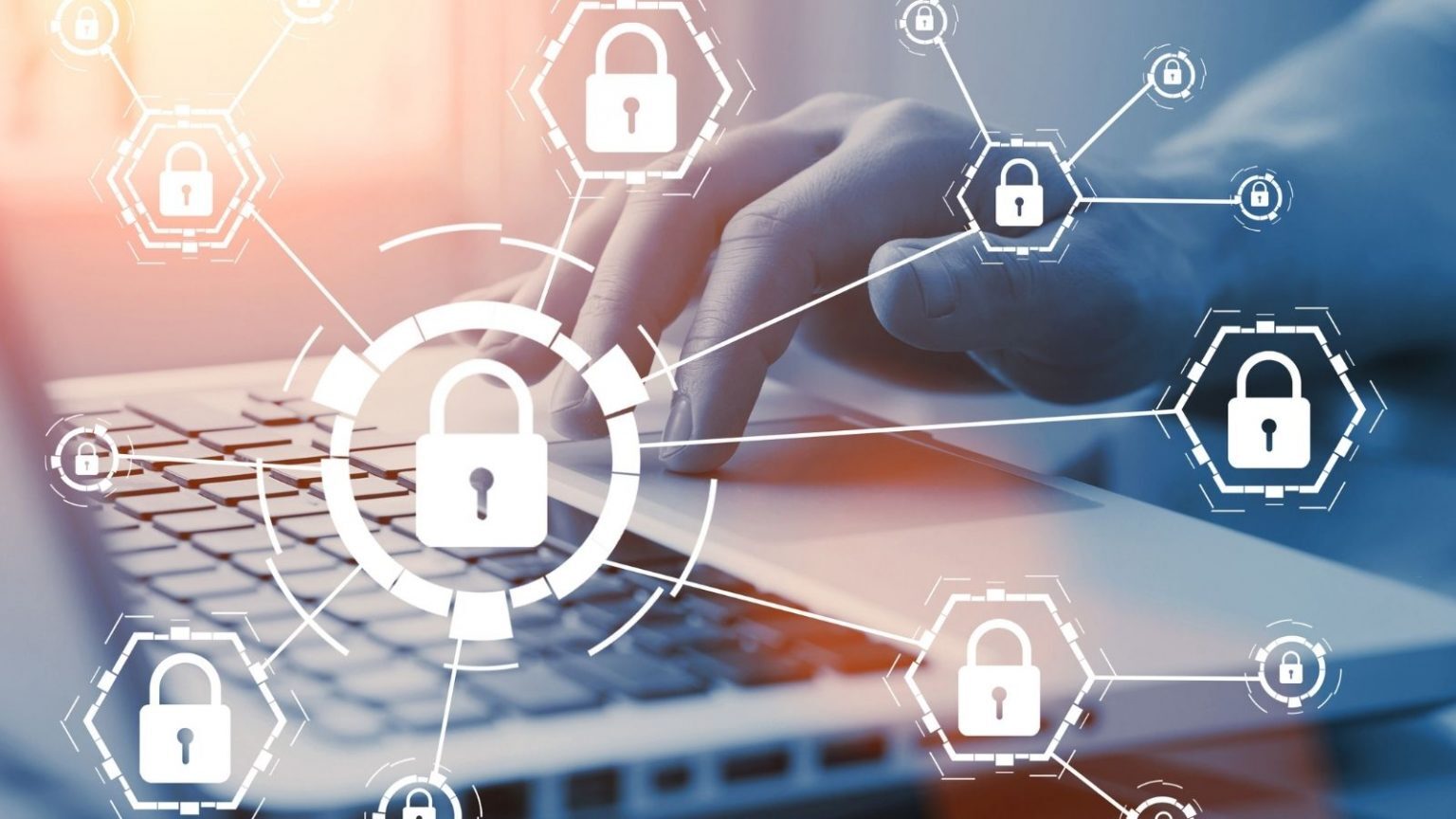On October 23, 2001, Apple released the iPod — a portable media player that promised to overshadow the clunky design and low storage capacity of MP3 players introduced in the mid-1990s. The iPod boasted the ability to “hold 1,000 songs in your pocket”. Its personalised listening format revolutionised the way we consume music. And with more than 400 million units sold since its release, there’s no doubt it was a success. Yet, two decades later, the digital music landscape continues to rapidly evolve. Steve Jobs, then-chief executive of Apple, introducing the iPod in 2001. A market success The iPod expanded listening…
Author: The Conversation
In September, the Wall Street Journal released the Facebook Files. Drawing on thousands of documents leaked by whistle blower and former employee Frances Haugen, the Facebook Files show that the company knows their practices harm young people, but fails to act, choosing corporate profit over public good. The Facebook Files are damning for the company, which also owns Instagram and WhatsApp. However, it isn’t the only social media company that compromises young people’s internationally protected rights and well-being by prioritizing profits. As researchers and experts on children’s rights, online privacy and equality and the online risks, harms and rewards that young people face, the news over the past…
Facebook has announced a research project that aims to push the “frontier of first-person perception”, and in the process help you remember where you left your keys. The Ego4D project provides a huge collection of first-person video and related data, plus a set of challenges for researchers to teach computers to understand the data and gather useful information from it. In September, the social media giant launched a line of “smart glasses” called Ray-Ban Stories, which carry a digital camera and other features. Much like the Google Glass project, which met mixed reviews in 2013, this one has prompted complaints of privacy invasion. The Ego4D project aims to develop…
On paper, privacy rights for citizens of countries throughout Africa are well protected. Privacy rights are written into constitutions, international human rights conventions and domestic law. But, in the first comparative review of privacy protections across Africa, the evidence is clear: governments are purposefully using laws that lack clarity. Or they ignore laws completely in order to carry out illegal digital surveillance of their citizens. What’s more, they are doing so with impunity. This matters because people’s lives are increasingly being lived online, through conversations on social media, online banking and the like. We’ve just published research on privacy protections in six African countries…
We live in a world in which momentous decisions are made by people often without forethought. But some things are predictable, including that if you continually consume a finite resource without recycling, it will eventually run out. Yet, as we set our sights on embarking back to the moon, we will be bringing with us all our bad habits, including our urge for unrestrained consumption. Since the 1994 discovery of water ice on the moon by the Clementine spacecraft, excitement has reigned at the prospect of a return to the moon. This followed two decades of the doldrums after the end…
The past two years were a busy time for real estate professionals. While commercial buildings like office towers, shopping malls and hotels stood empty for months in a row as a result of the COVID-19 pandemic, building owners and their corporate tenants were pondering how to bring people back to their properties. Technology plays a big role in these plans. As part of their return-to-work plans, a couple of European investment banks have decided to smarten their employees’ work stations by placing under-desk sensors to optimize office occupancy. The technology is similar to that used to manage parking spots. The use…
The Bitcoin bulls are racing again. A year ago the cryptocurrency was valued at less than US$12,000. Now it has passed the symbolic milestone of US$60,000, nudging the US$63,255 record it reached in mid-April, before its price fell to as low as US$30,000 in July. Bitcoin’s rally over the past month is largely attributed to speculation the US Securities and Exchange Commission is poised to approve an exchange-traded fund, or ETF, based on Bitcoin futures. So what is an ETF, and why does this matter to the value of Bitcoin? CC BY-SA How does an ETF work? An exchange-traded fund is an investment fund,…
If the latest deluge of Facebook controversies has you ready to kick the app to the digital curb, you are not alone. There are plenty of good guides out there on how to do it right. Even Facebook makes it pretty easy to understand the nuances of saying “see ya later” (deactivating) or “never speak to me again” (deleting). But before you go, you might want to consider this: What happens to your life stories? For many people, a decade or more of updates, comments, photos, messages, tags, pokes, groups and reactions reside inside that particular digital sphere. And Facebook wants you to remember that. As one writer put…
Many TV shows have a scene where a customer attempts to buy a potentially embarrassing product – a pornographic magazine perhaps or a diarrhoea treatment – only to have the assistant loudly check the price or ask questions for other people to hear. Situations like this do happen in pharmacies and other shops. And they tend to make people squirm. But, what if they could interact with a robot instead of a human employee? In our recent research my colleagues and I found the use of robots, rather than people, as assistants may reduce people’s feelings of embarrassment. In one experiment, we…
In 2019, more than two billion people had an internet connection — more than 60 billion Google searches per month and 156 million emails were sent per minute. These statistics hint at the intensity and penetration of the internet in our daily interactions. And over the past two years, the COVID-19 pandemic has contributed to the increase in our collective dependence on digital technologies for our professional, social and recreational needs. One of the outcomes of this increased dependence is the subjection of our everyday work and personal lives to increased surveillance. As a researcher at the Centre for Studies on Integration…

